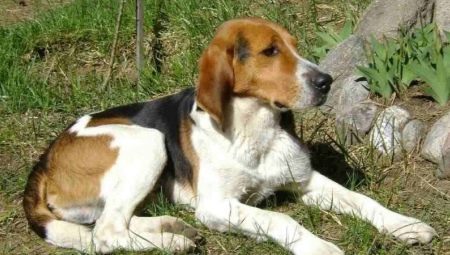Many dog breeders appreciate the hunting breeds, which today are represented by different animals. Among the variety, the Russian hound dog deserves special attention, whose innate instincts have made it famous and popular among dog breeders.

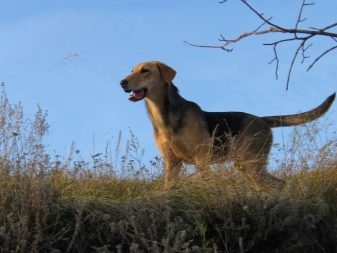
Origin history
Despite the fact that the ancestors of the Russian hound were used by humans for hunting since time immemorial, mentions of animals with such an exterior date back only to the 19th century. The breed owes its origin to such ancestors as the English foxhogs and the local hound. In those days, the Foxhounds were on a special account with hunters and were often used, so the dogs stood out for their stamina, excellent constitution, and also anger towards the furry beast.
The modern Russian pinto has inherited similar features from its ancestors in full. At that time, the four-legged assistants were kept as whole packs in almost every noble estate.
They showed great interest in dogs after the October Revolution, and soon after it began active breeding and work on fixing thoroughbred genes in animals. The first standard for the breed was adopted in 1925, later some adjustments were made to it. The document was finalized and approved after 26 years, since then the external characteristics of the animals have remained unchanged.
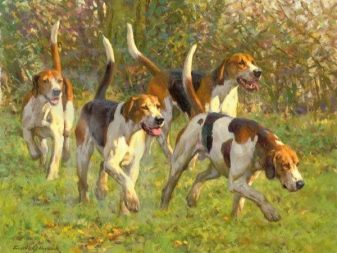
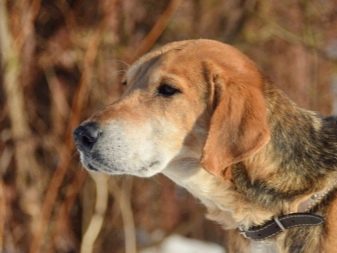
Description
External features of the dog are inherited from the fox. The sizes of the Russian hound are positioned as average, but with a strong physique, also the animals are characterized by a developed intellect and a balanced psyche.The exterior of the animals is typical of all hounds. Males of the Russian pinto dog will always be larger than bitches, their body will be shorter, but with a wide skeleton. The mass of a hunting dog usually varies between 25-30 kilograms, with growth at the withers of about 58-68 centimeters. Bitches will have less body weight with growth within 55-65 centimeters.
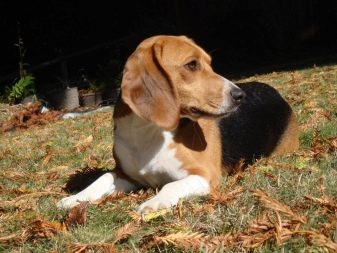
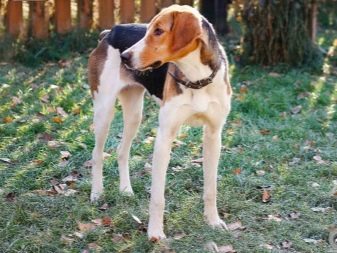
Head
The skull is clearly defined, tightly covered with skin, the muzzle lines are straight, the occipital hump stands out, the frontal part will be narrow and flat. The muzzle should be wedge-shaped with a rounded lower jaw. The lips are thin, not saggy. The teeth of a healthy Russian hound are white and rather large, a scissor bite, without gaps, the nose is black, rather large.
The eyes of the hounds are large, the oval incision, a slight slanting is not considered a deviation from the standards, widely spaced. Color can vary from light to dark shades of brown. Ears should repeat the shape of a triangle, the ends of the auricles will be rounded.
The size of the ears allows them to descend along the cheeks.
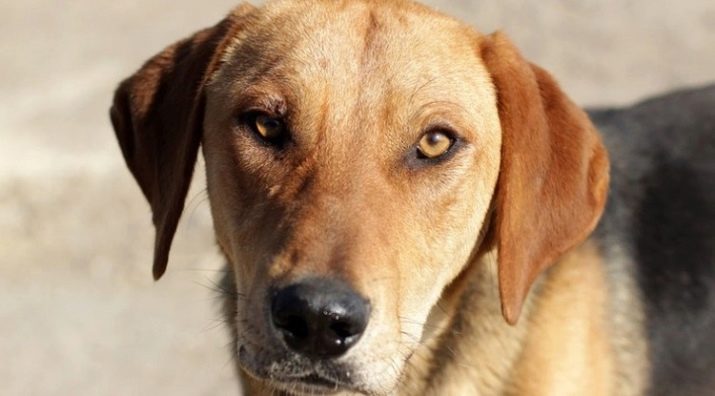
Torso
The dog in his physique is like a rectangle. The animal has a well-developed muscle corset, the neck is long, there is a bend on it, smoothly turning into a massive withers. In males, it is developed much more expressively. The chest in dogs is deep, extends to the elbow joints on the limbs, the ribs are springy. Loin with rounding, belly tightened.
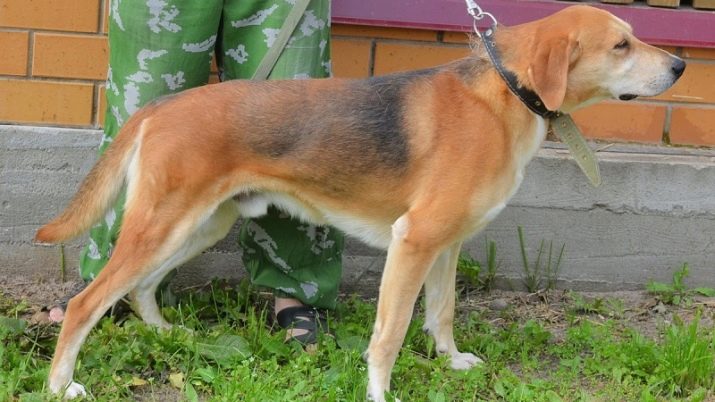
Paws
Piebald limbs are well developed, are above average length, skeleton and muscles are pronounced, shoulders are developed, shoulder blades are slightly inclined. The paws are wide apart, the hind legs will go slightly beyond the body.

Tail
It has a saber shape, thickened at the base, at the end there is a characteristic narrowing. The tail clearly shows the mood of the animal.
In a calm state, it will be omitted, when the dog hunts, the tail rises in an upright position.
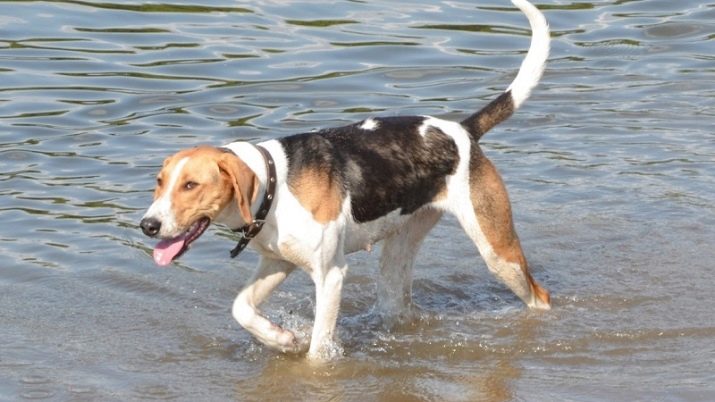
Wool and its color
In Russian hounds, the coat is short; it is evenly distributed over the body. On the hips of the hind limbs, one can observe the hair a little longer than in the other parts, on the animal's face it will be the shortest. The four-legged also has an undercoat, it is not distinguished by its density, however, in structure it is similar to felt. The following color options for dogs of this breed are allowed:
- tricolor - in which there is a combination of black and pinto;
- black color in variations of shades;
- scarlet;
- sneaky.
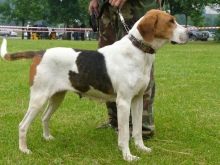
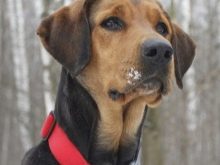
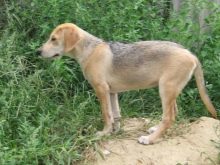
Stains may be present on the wool, they can be gray, red and crimson, the shape of the blotches will usually be irregular. On the face, the presence of dark arrows is allowed. Since animals of this breed are vivid representatives of the hounds of dogs, they can be subject to the following ailments:
- allergies resulting from dietary errors;
- joint dysplasia.
In general, animals are distinguished by good immunity, but taking into account the specifics of their life activity, when they are often in the forest and in contact with wild animals, pets will need timely vaccination, as well as regular deworming, treatment from external blood-sucking parasites.

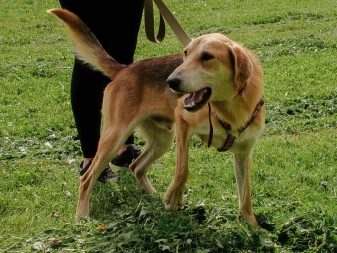
Character
The specific nature of the dog’s disposition is largely determined by its main purpose and innate hunting instincts. Pets of this breed are characterized as balanced dogs with a stable psyche and a supportive attitude towards humans.
The Russian hound will become a faithful and reliable companion for its owner, as it is strongly attached to people. Dogs will have a good relationship with children, however, the pet will always try to take a leading position. Therefore, breeders should immediately gain credibility from the moment a puppy is acquired, standing out as a “pack leader”. In the future, this will eliminate the risk of problems with training and training.Animals stand out for their high intellectual abilities, so they are willing to carry out commands.
Among the character traits inherent in a dog, one should single out indefatigable curiosity, cunning and stubbornness, in light of which serious problems can arise with owners of Russian hounds when kept indoors. Pets are also very fond of expressing their emotions in a “voice”, but in the process of education, such a feature can be eradicated. Animals are very careful in naturehowever, the watchman will not be suitable for the role, since they do not have anger towards people. However, they can signal the approach of a stranger.
Russian piebugs get along well with dogs of other breeds, but other pets, such as cats, small rodents or birds, are regarded by the four-legged hunter as potential prey.
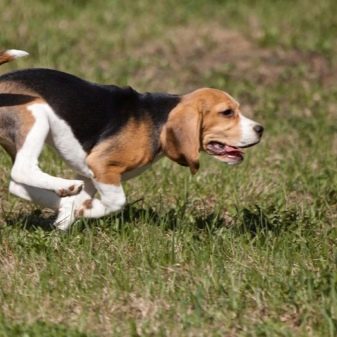
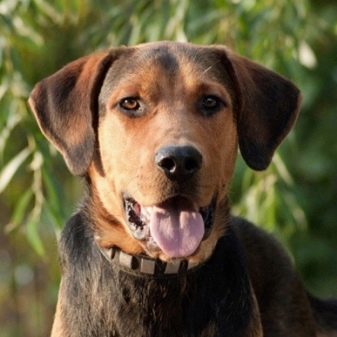
Life span
Dogs of this breed do not belong to centenarians. However, with good care and properly organized nutrition, they can live up to 10-12 years.
How to choose a puppy?
Potential quail breeders should be aware that hunting puppies are divided into 3 main classes after birth. taking into account the individual characteristics of dogs.
- Pet class. Such animals are not allowed to participate in exhibitions, since there are some deviations from the accepted standards on the exterior of the animals.
- Brid-class. Purebred dogs that do not have flaws in appearance, but are not capable of winning competitions because of their average data.
- Show class. Animals that meet all the requirements. They are able to win competitions and exhibitions. Such hounds stand out for their high cost in comparison with the above species.
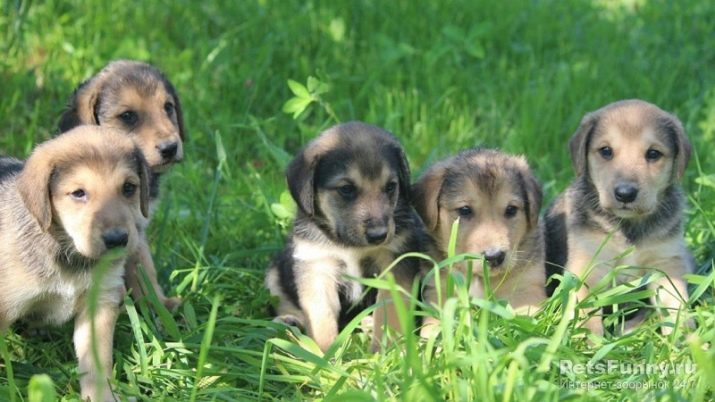
It is best to purchase beagle puppies in specialized kennels, having analyzed all the strengths and weaknesses of keeping such dogs before buying.
They recommend buying an animal that is already at least 1 month old. When choosing a pet, you should pay attention to such features:
- the nose of the dog should not be pink;
- The ideal eye color is considered the darkest shade of brown
- malocclusion, bulldog jaw will become obvious signs of malformations that do not meet the standard.
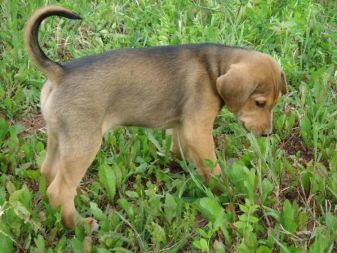

Conditions for keeping
A unifying recommendation for all hounds is keeping in an aviary. Animals live well and get along with several pets only if there is a spacious fence in which they can move freely. If the Russian hound will live in an apartment, then the owner will need to pay maximum training effortsOtherwise, the animal will cause a lot of inconvenience, in the light of its activity, curiosity and barking.
Walking with a dog should only be done on a leash, and the dog needs to be kept by an adult, since dogs of this breed are prone to sudden gustswhen the pet suddenly breaks into a run. Walking the Russian hound is best away from outsiders. After walking, the limbs of the animal are subject to a thorough examination.

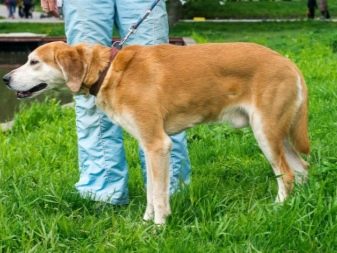
Feeding
Unlike dogs of many hunting breeds, the Russian hound should be fed more than 1 time per day. The optimal number of food openings will be two or three meals a day. In this case, the breeder will be faced with the task of selecting the nutritional value of each meal, based on the individual needs of his dog.
Choosing between a natural diet and feed industrial production, you should give preference to the first option. The Russian hound menu should consist of fresh meat, cereals and vegetables. As a treat, animals are offered to beef guests, small bones are prohibited for treating pets of this breed. In addition to products, the dog will need to be given vitamin complexes to replenish stocks of important vitamins and minerals.
Among the products that can not be given to the dog, it is necessary to note fatty meats, especially pork, as well as bakery products, various flavor enhancers.
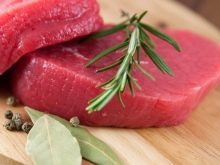

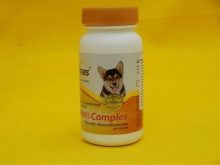
Care Rules
The dog has a thick but short coat, so you can refuse daily combing. As a rule, one procedure per month will be quite enough. A soft brush is used to care for the hair; a furminator is recommended during seasonal molting. Since the dog is a representative of the hunting breeds, regular vaccination for it will be extremely important.
Vaccinations are given to animals according to schedule.however, in some cases, vaccination according to an individual scheme is allowed. The first vaccination of the dog must be done at the age of one month, and puppies should be vaccinated against plague and rabies.
Bathe the Russian hound as necessary, often water procedures are not recommended, so as not to wash off the protective layer from the skin. The rest of the care activities relate to maintaining clean teeth, eyes and ears. Specialized veterinary products can be used to care for the oral cavity, a cotton swab dipped in water will be enough to clean the ears from sulfur. This also applies to dog eye care.
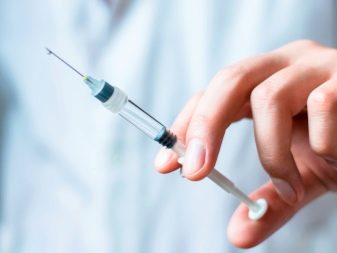
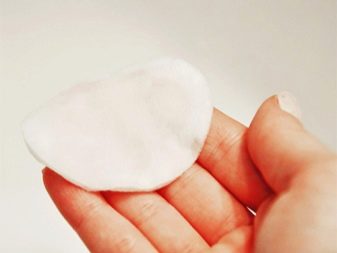
Popular nicknames
Dog handlers recommend choosing nicknames for the hounds, taking into account their voice quality. So, for dogs with a well-set bark, you can stop at the following:
- Thunder;
- Bass;
- Alto;
- Pevun.
The dog is sometimes called, taking into account the characteristics of its character. It could be a nickname:
- Courageous;
- Kind;
- Happy.
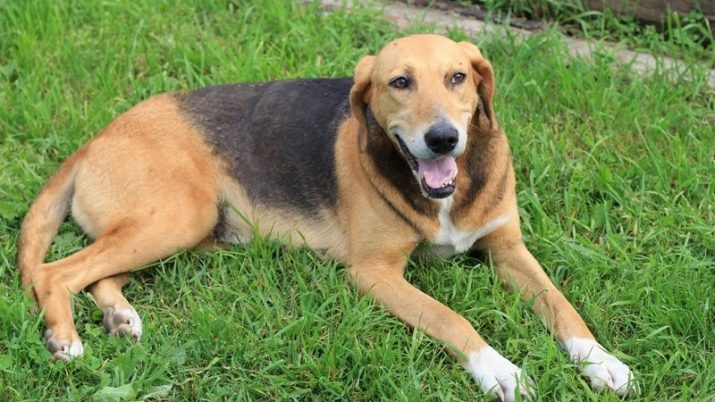
If the dog will be involved in hunting, then nicknames can be given based on behavioral qualities when chasing, for example, Sly or Signal. It is important that the chosen nickname is short and sonorous. As an option for bitches and males, you can consider:
- Ira;
- Alma
- Guy
In the next video you will find additional information about the breed of dog Russian Hound.
